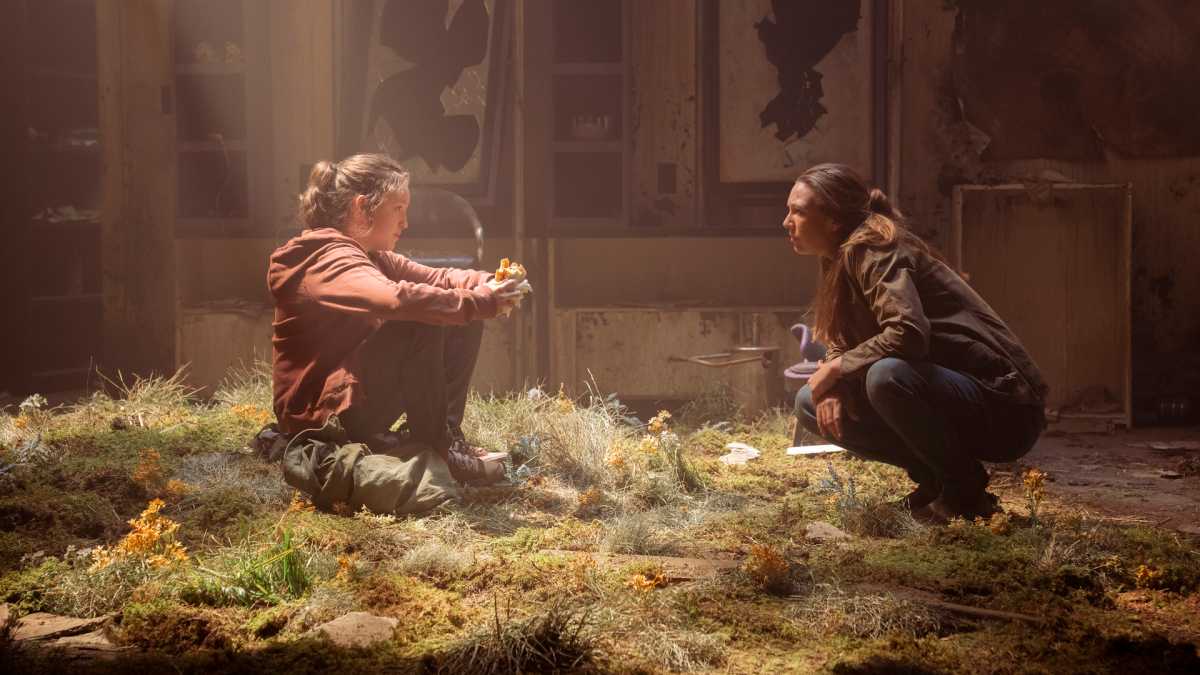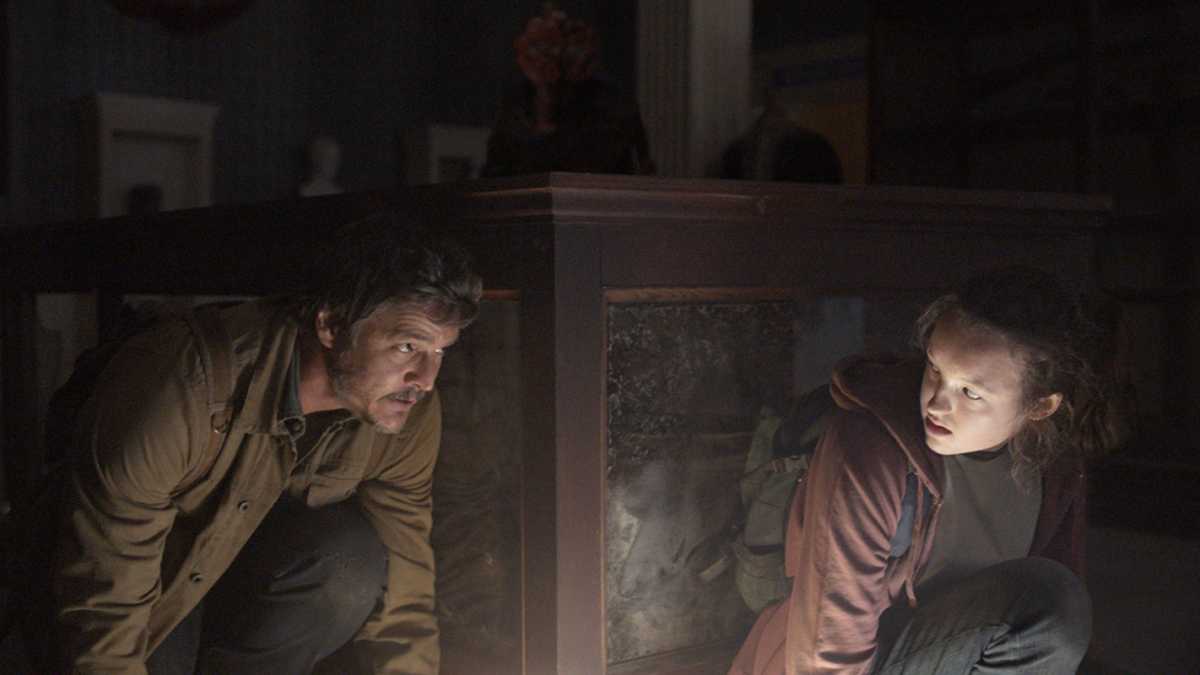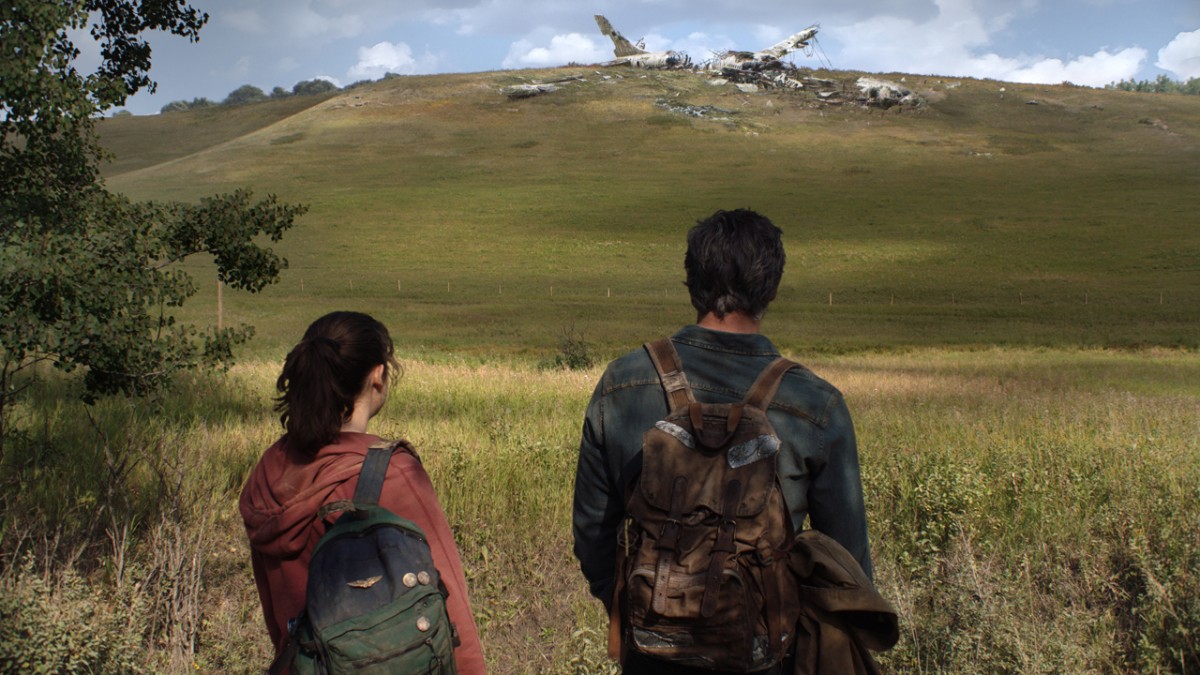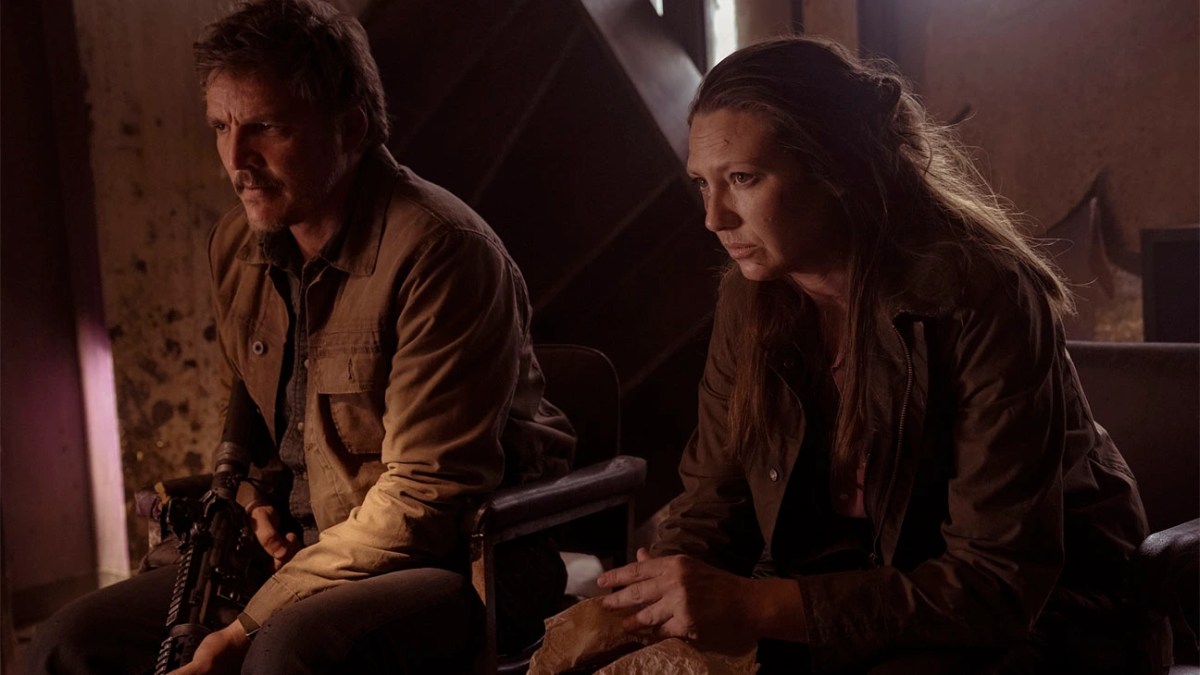HBO’s new adaptation of The Last of Us video game is at times almost slavishly faithful to its source material.
It may well sound like music to gamers’ ears, but anyone who’s seen Zack Snyder’s perfectly rebuilt adaptation of Watchmen will know that getting too close to an original source material comes with its own risks.
Thankfully, the new show – co-created by Chernobyl’s Craig Mazin and the game’s own creator Neil Druckmann – has been put together carefully enough to straddle the line, recreating some of the best moments from the PlayStation classic with painstaking precision, while finding the space to go its own way when needed.
I’ve only seen the 90-minute premiere of The Last of Us, which debuts on HBO this Sunday, January 15, and on Sky in the UK a day later.

HBO
The adaptation’s opening moments are its biggest deviation from the source material: a ’60s talk show about the risk of viral contagion, with a conscious nod to the risk of an airborne flu pandemic quickly eclipsed by the seemingly greater danger of a fungal epidemic for which we would have no defence.
From there we move on to Pedro Pascal’s Joel and his daughter Sarah (an excellent Nico Parker), unknowingly living their last normal day before a mutated form of the cordyceps fungus emerges turning most of the population into this who are, fundamentally, zombies – even if the game and the spectacle keep a careful distance from the spoken word.
One of the benefits of moving from a game to TV is that there’s no rush to give the player something to do, which means the show is lounging around in this life a bit longer. of quiet family, tweaking the details and setting the stakes while adding emotional weight to the moment when it inevitably comes crashing down (no spoilers here, don’t worry).
Once the tipping point is reached, anyone who has played PS3 (then PS4, then PS5) will recognize exactly what is coming. Entire scenes are pulled shot by shot from the game, from a burning farmhouse seen from across the freeway to a panicked race through a restaurant, with an entire 15-minute sequence of the show unfolding at pace. for rhythm like he does in the game.
As someone who played The Last of Us and recently revisited the game for its PS5 remaster, it’s an odd experience to watch something that comes as close as possible to a live-action recreation of the cut scenes – I have no doubt that by the end of the week there will be countless YouTube videos breaking down the two side by side to spot the sometimes tiny edits.

Warner Bros/HBO
In interviews prior to the show’s launch, Mazin and Druckmann both spoke about the challenges of adaptation. They’ve been open about the need to make a few big changes, perhaps most notably having the fungal infection spread through unsettling quivering tendrils rather than airborne spores – areas of Localized sprays make sense as a game mechanic, but don’t. heading into a post-Covid world where we know how fast these particles would spread absolutely everywhere.
“Neill [Druckmann] always said, ‘We can change everything, but we have to talk about why. And if there’s no good reason – if we can’t do better – let’s deliver what we have,” Mazin told GameSpot.
“And there are places where I thought we had found some really interesting ideas. said nothing for a while and then said, ‘Aw, you know what? We should have done that in the game.’
“The big secret is that Neil Druckmann was so confident and sure about the story of the game that he was then able to be flexible with me to go for a walk, fill in, change and edit.”
If there’s one flaw in the show’s approach so far, it’s that in the set pieces and individual moments, those who’ve played the game may find themselves a little too out of their depth. ease in their knowledge of what lies ahead – although I have no doubt the showrunners will have built in a few surprises along the way to disrupt the familiar rhythms.

HBO
The two also drew criticism for comments on how the show can benefit from the jump away from gaming and into a less interactive medium.
“When you play in a section you kill people and when you die you get sent back to the checkpoint. All those people are back, moving the same way,” Mazin told The New Yorker in Decem ber. I think watching a person die should be very different from watching pixels die.”
Journalists and gaming fans alike bristled on Twitter at what they saw as a dismissive view of the medium that brought The Last of Us to life in the first place, but you just have to go back to the reviews. original and its sequel (including mine) to see the same view appear repeatedly.
The games’ tragic story of survival, their explorations of revenge and grief, are somewhat negated by the fact that you’re also slaughtering the equivalent of the population of a minor metropolitan area by the time the credits roll.
One episode later, you can already see the show tweaking the formula. An early section in which an older Joel and his partner Tess (Anna Torv) chase after a local mobster who blocked them on a deal turns into a killer game, as you destroy an entire operation in a series of shootouts. In the show, it’s more quietly resolved, and the audience never sees a single bullet fly.

HBO
The Last of Us is nine episodes long in its first season – and beyond, who knows – which means there’s a long way to go and a lot of game to go. But from what I’ve seen so far, people might be right to crown this adaptation the best video game yet – not just because of how good it is, but because of the way of which he managed the art of adaptation, knowing what to change and not to change, leaving the sacrosanct intact while tweaking what can be safely changed.
The biggest test is yet to come. The original game doesn’t often play with its own interactivity, but in the moments it does – especially its later ones – the impact is profound. It remains to be seen how the series tackles these issues of control and choice, but the first episode should earn the trust of even the biggest skeptics.








